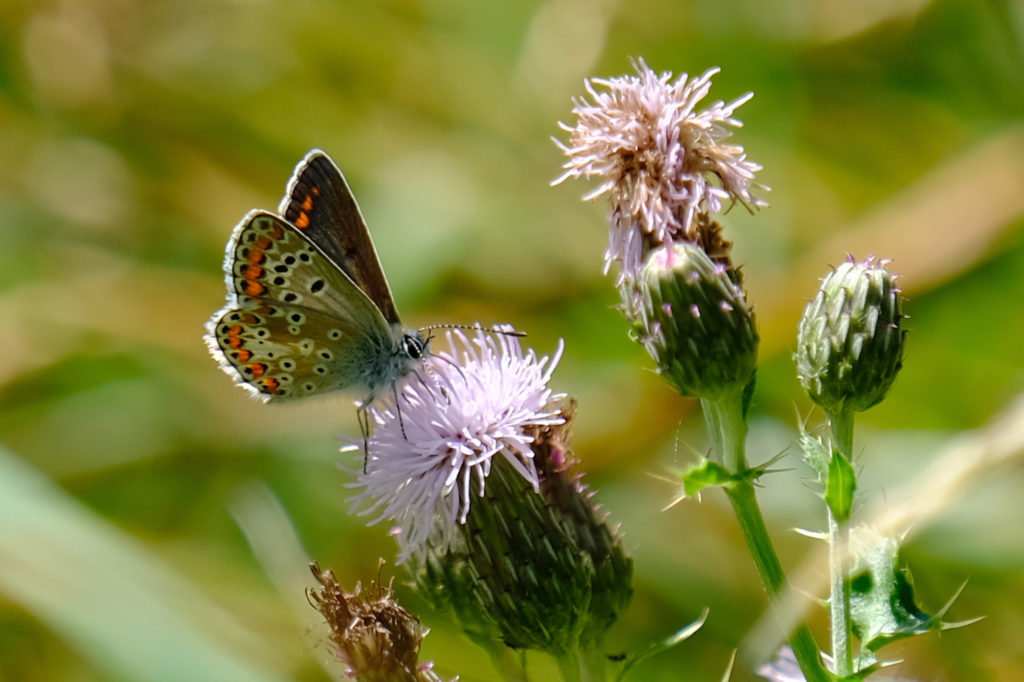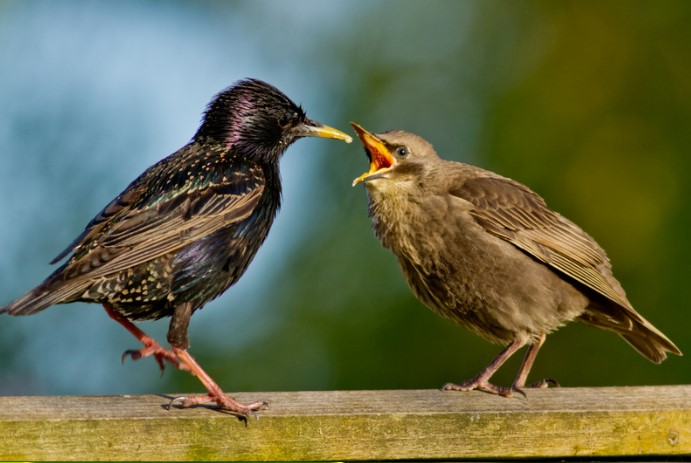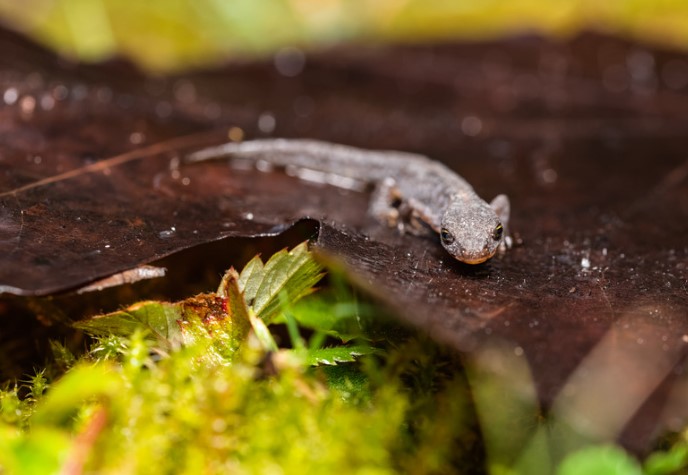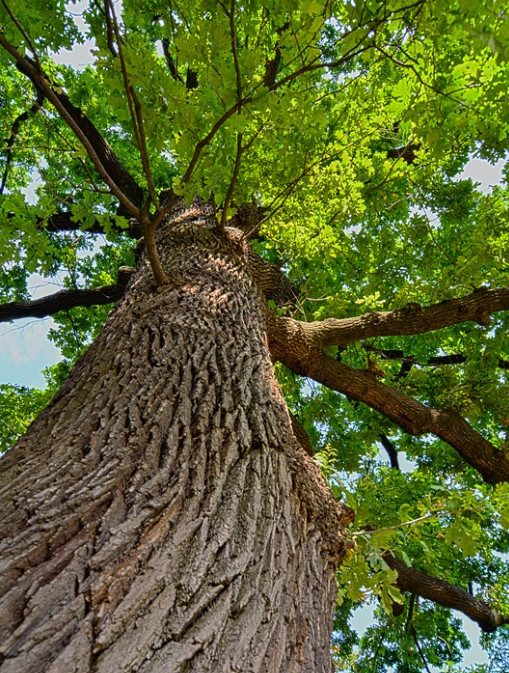Summer nature: what to notice at this time of year
Nature’s most beautiful season?
The diversity of plants in our green spaces not only allows wildlife to thrive, but people too.
From a purely aesthetic perspective, humans are wired to respond positively to plants and nature (as well as other forms of life). Seeing greenery and colourful flowers helps us feel more relaxed and calm, which in turn benefits our everyday mood.
Next time you’re out and about, take a mindful moment to treat your senses and admire the beauty that surrounds us. Here are a few of our favourite signs of summer.
Butterflies
Delicate, colourful butterflies are always a joy to spot as they flit around the blooming, nectar-rich flowers.
Butterflies are always looking for food so you can attract these beautiful creatures to your garden or window ledge by planting pollinator-friendly flowers such as buddleia or sedum.
They’re particularly attracted to red, yellow, orange, pink and purple, and will even land on you if you wear brightly coloured clothes (and smell particularly sweet!).

Damselflies and Dragonflies
These fantastic flying insects can be spotted in and around any body of water, including garden ponds. The most common is the blue damselfly, but climate change has brought a steady flow of new species to our shores from the Continent, including the willow emerald and small red-eyed damselfly.
How to tell the difference? Both have two pairs of wings, but dragonflies hold their wings out from their body when resting, while damselflies will fold them neatly along their body. Damselflies are generally small, long and slender, while dragonflies are larger and bulkier. The largest dragonfly ever recorded had a wing span of 72cm!

Twenty five species have been recorded in the area around Thrupp Lake, including 62% of the English list of breeding species, making this the leading site for dragonflies and damselflies in Oxfordshire.
Bats
June is the birthing season for bats, so in the warm summer months they’re busy hunting for insects to provide food for their family.
A summer evening is a great time to spot bats as they dart and swoop through the air.
Five species of bats can be spotted at all of Earth Trust’s green spaces. You’re most likely to see them at dusk, in woods and near rivers or ponds.

Fledglings
Baby birds will spend a few days on the ground before they’re ready to take flight – building their strength and waiting for their flight feathers to become fully grown. With fluffy feathers and endearing clumsiness, they explore their surroundings, accompanied by the watchful eye of their parents. Fledglings symbolise new life and the promise of a thriving ecosystem.
If you see a baby bird on its own, it’s best to leave it alone – its parents are probably nearby. Intervene only if the bird is in immediate danger or injured. If the bird is on a busy path or road, or other potentially dangerous, exposed location, you can pick it up and move it a short distance to a safer place. Make sure you leave it within hearing distance of where you found it.

Swifts
Capable of flying up to 70 miles per hour, these remarkable birds spend most of their lives in flight – eating, sleeping, and even mating on the wing. Incredibly, they’re able to fly continuously for ten months straight! Their distinctive scythe-shaped wings and piercing cries add a sense of wonder to the British skies, making them a cherished symbol of summer.
Historically, their nests would have been found in large trees, cliffs, and crevices, but nowadays they rely on buildings for nest sites. These skilled nest builders create cup-shaped nests from feathers, twigs, and saliva, providing a safe haven for their eggs and chicks until they are ready to take to the skies.

Newts
Over summer and autumn, newts migrate from areas such as woodland and marshes to ponds and other bodies of freshwater, where they’ll look to breed. You may well see them on their travels, in hedgerows and boggy grassland, where they hunt for tasty invertebrates.
The UK is home to three species of newt, and the species you’re most likely to see in a garden pond is the smooth newt, but the largest and rarest is the great crested newt. Looking like a miniature dinosaur, this amazing amphibian is internationally endangered and protected by law. Little Wittenham Wood is home to one of the largest and most significant populations of great crested newts in the country.

Trees
On a hot summer’s day, trees become nature’s soothing oasis, offering respite from the scorching heat. In the cool shade, underneath their protective canopy, we can escape the sun’s intensity and enjoy a picnic, read a book, or simply relax.
Trees also act as natural air conditioners, releasing moisture through their leaves, which cools the surrounding air.
In the summer when they are in full leaf, it’s a great time to learn to identify different tree species. Visit Broad Arboretum, our living library, and you’ll find every tree species native to the UK.
By learning to identify trees, we become aware of their unique contributions to our environment and can feel motivated to safeguard and cherish our precious green spaces.
Summer serves as the perfect season to embark on this journey of discovery and foster a lasting bond with these magnificent living beings.
